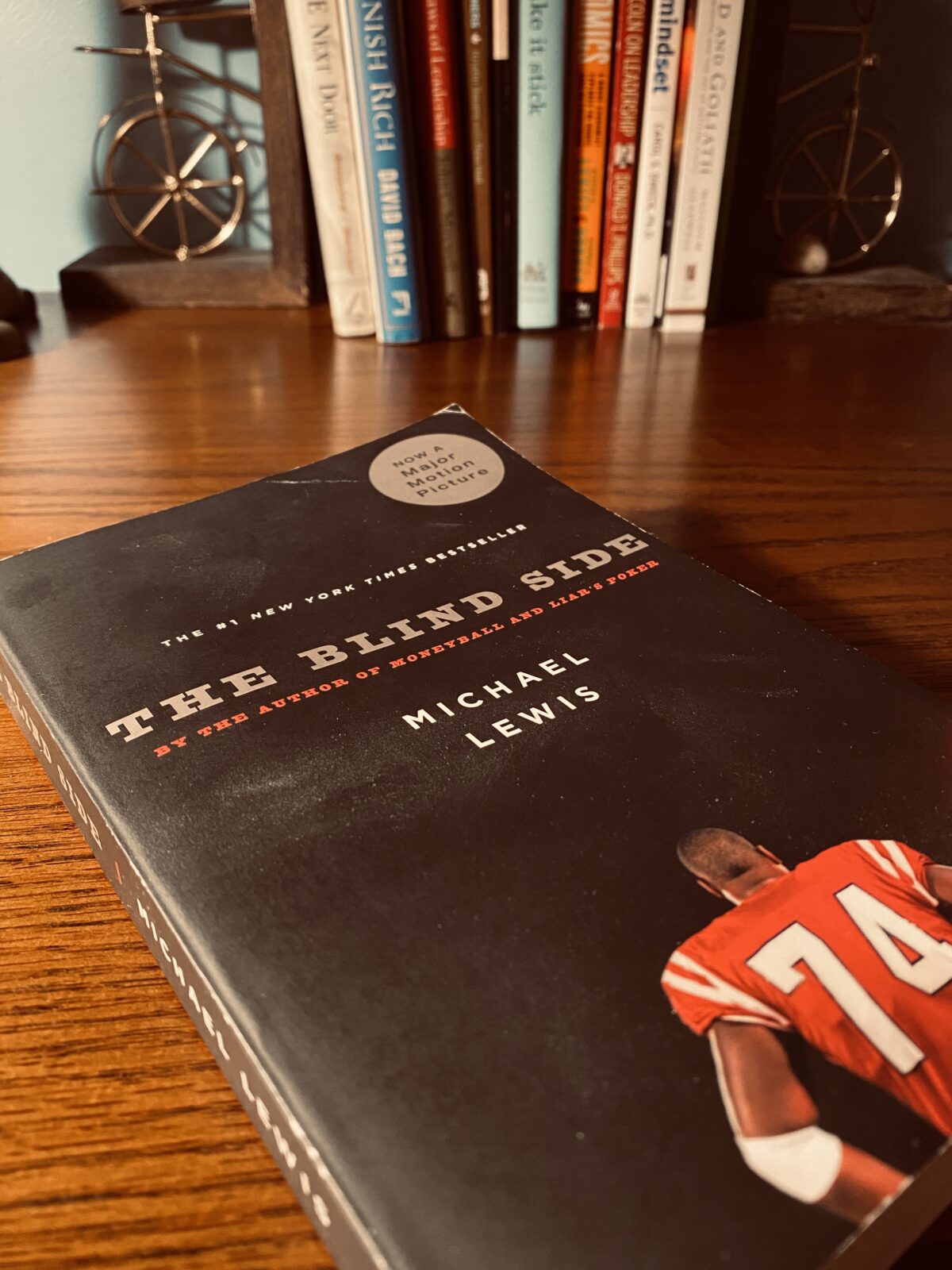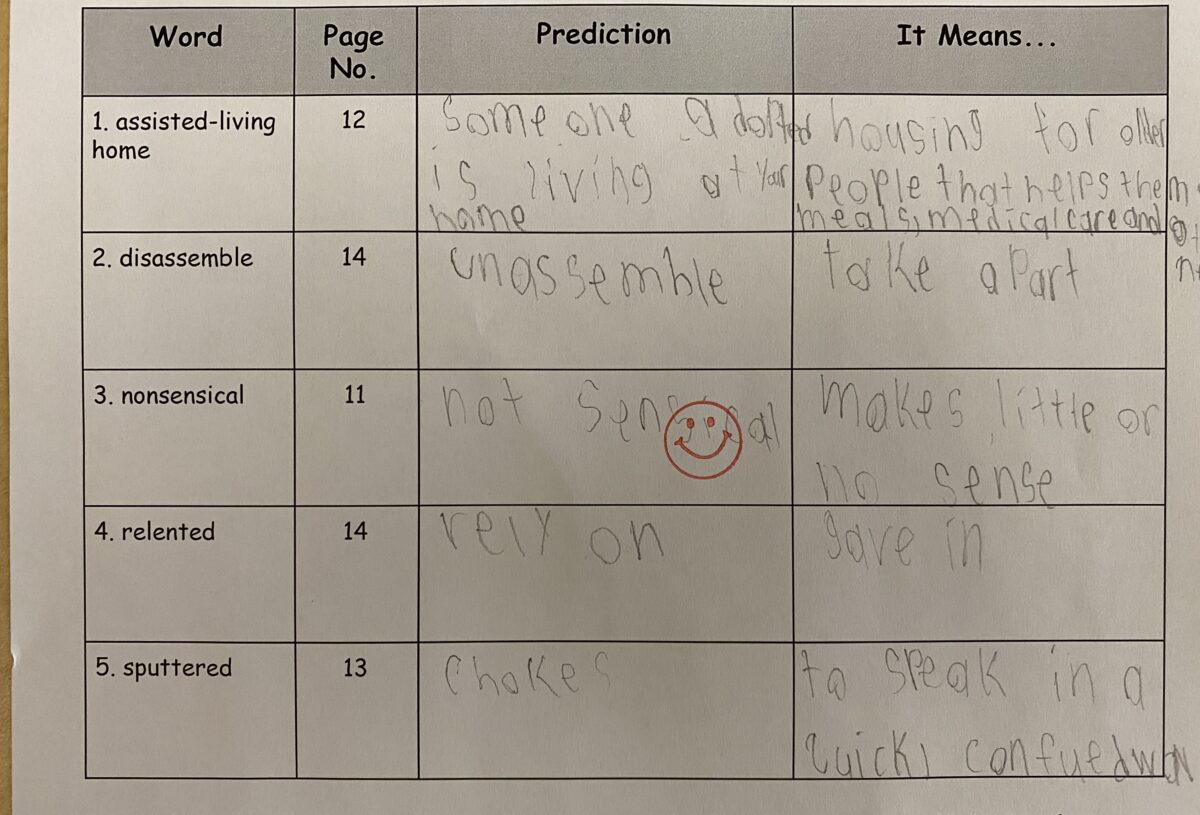One of my goals for 2020 is to read 50 books throughout the year. Yesterday I finished book #3, The Blind Side by Michael Lewis. This is the book that inspired the movie by the same name. It tells the story of Michael Oher, a young, black kid growing up in poverty. He is taken in by a white, Evangelical family when he enters a new high school. The combination of a stable family and football helps transform his life.
Oher grows up, prior to meeting the Tuohy family, not knowing his birthday and unable to read or write.
There are so many lessons about education and life in this book. It explores the effects poverty and how your zip code at birth has an enormous impact on your life and opportunities.
At one point, Oher is at a bookstore with two members of his new family. The mother, Leigh Anne Tuohy, and her son Sean have a conversation about reading. Sean points to the book Where the Wild Things Are and mentions how his mom used to read it to him as a child. “To which Michael replied, in the most detached tone, ‘I’ve never had anyone read me a book.'”
This story breaks my heart for so many reasons. The obvious one is that there is a child who has reached high school and has never had a book read to him. What is more alarming is that this happens in communities all over the country. There might be students sitting in your classroom who would not have a book read to them if not for the read aloud that occurs in school.
Another take away from this book is how important vocabulary is to reading comprehension. The first page of this book is loaded with Tier 2 and Tier 3 vocabulary.
From the snap of the ball to the snap of the first bone is closer to four seconds than to five. One Mississippi: The quarterback of the Washington Redskins, Joe Theismann, turns and hands the ball to running back John Riggins. He watches Riggins run two steps forward, turn, and flip the ball back to him. It's what most people know as a "flea-flicker," but the Redskins call it a "throw back special." Two Mississippi: Theisman searches for a receiver but instead sees Harry Carson coming straight at him. It's a running down - the start of the second quarter, first and 10 at midfield, with the score tied 7-7 - and the New York Giants' linebacker has been so completely suckered by the fake that he's deep in the Redskins' backfield.
Imagine what a reader needs to know to fully understand the very first page of the book. (This is only half of the first paragraph.) The third word of the book has a double meaning in the sentence – snap a football (ball moves from center to quarterback) and snap (break) a bone.
Then the reader tackles (pun intended) the idea of “One Mississippi…” “Two Mississippi…” Some readers will be able to understand that this is a way to ensure you are counting in seconds. Lewis, who is a remarkable author, uses this language to convey the idea of time ticking. However, this is also a football reference. When children are playing touch football, a defender usually cannot tackle the quarterback until they count out loud – One Mississippi… Two Mississippi… Three Mississippi…
There’s also terminology specific to the game of football – quarterback, running back, linebacker, first and 10, flea-flicker, and backfield. All this vocabulary made me think about some of the text we give our students. If a non-football fan was asked to read this passage, how would they do? They’d probably struggle. Would they need some support and scaffolding? Most likely. Could the class launch right into reading this page and hope everybody was successful? No.
This was a wonderful book that made me think about so many important topics: poverty, education, vocabulary, and more. I read this book because I heard a best-selling author say it might be the best narrative nonfiction book every written. I’m not sure if that is the case, but it’s got to be up there.

